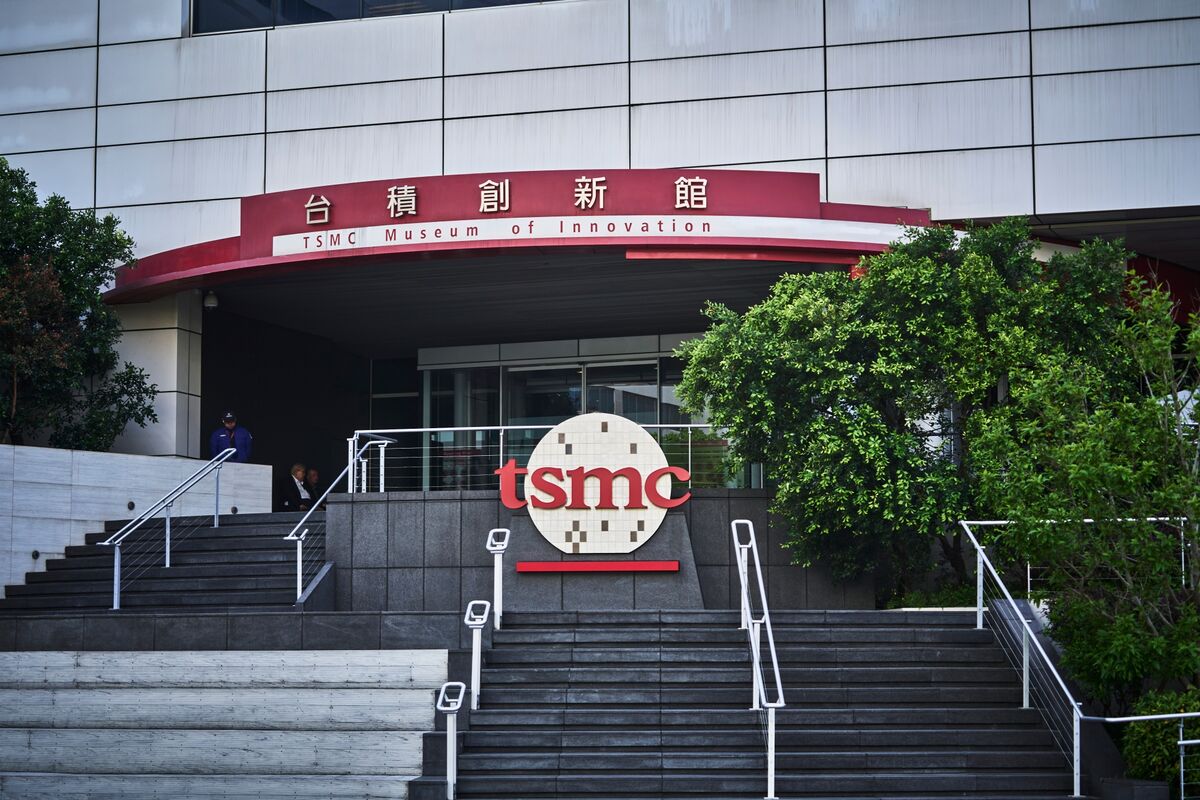The semiconductor industry is gearing up for a significant advancement as TSMC plans to start production using its advanced A14 fabrication process in 2028. Prior to that, an intermediary A16 chip process is scheduled to begin production as early as late 2026. This milestone highlights TSMC’s ongoing commitment to innovation and cements its position at the forefront of chip manufacturing technology.
The TSMC A14 fabrication process represents a crucial step in enhancing the efficiency and performance of semiconductor chips that power next-generation consumer electronics, including smartphones, laptops, and AI accelerators. The gradual rollout starting with the A16 chip process in 2026 will serve as a bridge, enabling device makers to adopt newer, more capable technology sooner while perfecting the A14 process for the future.
Understanding the TSMC A14 Fabrication Process
TSMC (Taiwan Semiconductor Manufacturing Company) is widely acknowledged as the world’s leading pure-play semiconductor foundry. Its fabrication technologies are pivotal in driving the capabilities of CPUs, GPUs, and other silicon-based chips used globally. The upcoming A14 fabrication process aims to provide higher transistor density, better power efficiency, and increased performance compared to its predecessors.
The process evolution is essential to advancing technologies like artificial intelligence, machine learning, and 5G communications, where processing power and energy consumption are critical factors. Industry watchers expect that TSMC’s A14 node will incorporate cutting-edge lithography techniques and innovative design rules to push performance boundaries.
Timeline and Production Roadmap
The intermediary A16 chip process slated for late 2026 serves as a key milestone. It bridges the gap between the existing manufacturing nodes and the more advanced A14 technology that is planned for production start in 2028. This two-stage rollout reflects TSMC’s strategy to incrementally improve chip fabrication rather than jumping directly to the most advanced node, which helps in reducing risks and ensuring production scalability.
According to Techmeme, which reported on Bloomberg’s coverage of this news, these timelines are part of TSMC’s broader strategy to maintain technological leadership despite increasing global competition and supply chain challenges.
Impact on the Semiconductor Industry and Consumers
The emergence of TSMC’s A14 fabrication process is significant for multiple stakeholders. For chip designers and device manufacturers, it means access to more powerful and efficient process nodes that enable smaller, faster, and more energy-conscious chips. Consumers can anticipate tangible improvements in device battery life, speed, and overall user experience in future smartphones, tablets, and other gadgets.
This manufacturing upgrade also promises to spur innovation in emerging fields like AI computing hardware and autonomous vehicle platforms, which demand robust yet highly efficient semiconductor solutions. For the semiconductor supply chain, TSMC’s roadmap instills confidence in continuous technological progress amid fluctuating market conditions.
TSMC’s Competitive Position and Market Dynamics
TSMC’s roadmap comes at a time when the global semiconductor supply landscape is experiencing profound shifts. Geopolitical tensions, increasing investments by competitors, and rising demand in areas like AI and data centers make advanced semiconductor manufacturing capacity more valuable than ever. By locking in a production start for the A14 fabrication process in 2028, TSMC signals its readiness to address future market needs and challenges.
Moreover, the thoughtful staggered approach through an interim A16 process highlights TSMC’s flexibility and commitment to steady innovation, which may be crucial for sustaining its market share amid aggressive advancements by rivals like Samsung and Intel.
What This Means for Apple and Other Chip Customers
Apple has been a key customer for TSMC’s advanced nodes, utilizing process technologies for their A-series chips powering iPhones and iPads. The announcement of TSMC’s A14 fabrication process and the earlier A16 chip node is particularly relevant for Apple’s product development roadmap and could impact the timeline and nature of future Apple silicon releases. Enhanced fabrication techniques allow Apple to continue pushing performance and efficiency, vital in a highly competitive smartphone market.
Other chipmakers focused on high-performance computing, mobile, and AI applications are likely watching TSMC’s progress closely as well. Strategic partnerships with TSMC remain a cornerstone of their own innovation trajectories.
Looking Ahead: TSMC’s Role in Next-Generation Semiconductor Technology
TSMC’s planned production dates for the A14 fabrication process allow the semiconductor industry to anticipate the gradual arrival of chips built on this next-generation node starting in late 2026 with the A16 intermediary step, leading fully to the A14 node in 2028. This roadmap is a vital component in the industry’s race to pack more power into smaller, more efficient chips, which is foundational to technological advancements in nearly every tech vertical.
As described by Techmeme, these developments reflect the semiconductor giant’s strategic foresight in navigating a complex global landscape and evolving product requirements. As TSMC moves forward with these fabrication processes, it will be important to monitor how consumer electronics, computing power, and AI capabilities evolve in turn.
Stay tuned for more updates on semiconductor innovations and the evolving chip manufacturing landscape.


